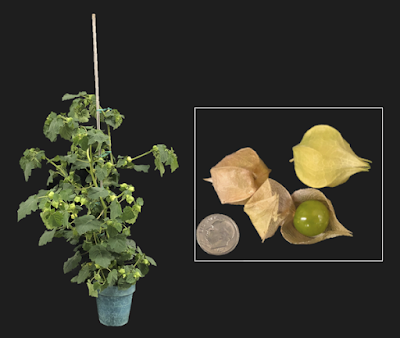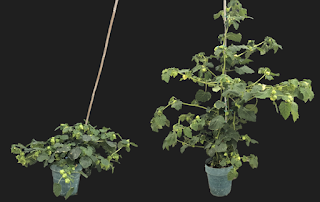Rapid domestication
Buying in your supermarket's create area resembles walking with a gallery of humanity's biggest innovations. Ideal ears of gold wonderful corn; tomatoes of various dimensions, forms and colors; and hot jalapeño peppers are all a testimony to human resourcefulness. You might rule out food an innovation, however almost all foods we consume are the item of countless years of continuous reproducing and choice.
In the far-off previous, when our forefathers transitioned from hunter-gatherers to an agrarian way of life, they started domesticating plants by reproducing them for qualities they discovered preferable - larger, tastier fruits and much a lot extra small development. The wild forefathers of domesticated crops looked a lot various compared to the foods we consume today: They had smaller sized, in some cases not fit to eat fruits; the plants expanded in a vast development pattern; and they spread their seeds or gone down their fruit to the ground in purchase to guarantee the survival of their types. To place it bluntly, you would not desire these wild plants in your yard, or on your supper plate.
The procedure of domestication led to the crops individuals expand and consume today, however it's a time- and labor-intensive procedure. Our laboratory, led by Joyce Van Eck, wished to speed up the domestication of the groundcherry, a semi-domesticated orphan plant, utilizing contemporary gene modifying methods. Orphan crops don't expand well in massive agricultural manufacturing since they have numerous unfavorable qualities such as stretching development and fruit go down.
We decided to deal with groundcherry since it's a family member of domesticated tomato. We understand a great deal regarding tomato genes and have the ability to contrast a specific gene in domesticated tomato with its equivalent in the wild groundcherry to identify what edits have to be made. We have likewise crowdsourced regional cultivators and farmers to discover which characteristics required enhancement and which ones were many important for agricultural manufacturing. Utilizing this crucial info obtained from cultivators, we after that utilized gene modifying innovation referred to as CRISPR/Cas9 to enhance groundcherries. prediksi singapore polls 8 july 2020
Although you most likely will not discover them in your supermarket, you might have seen groundcherries available up available at your regional farmer's market. The groundcherry is a wild family member of the tomatillo and, similar to the tomatillo, its fruits are enclosed within a papery husk that safeguards the fruit from spoiling. The berry within the husk is little - marble-sized - however provides a huge citrusy taste. A resource of anti-oxidants, vitamins A, B and C, and various other nutrients, these little berries are solely expanded in small-scale ranches and house yards. Based upon the groundcherry's wild development practice and little dimension of fruit, we determined it as an underutilized plant. Our present research study is concentrated on ways to integrate groundcherry right into the present food system.



